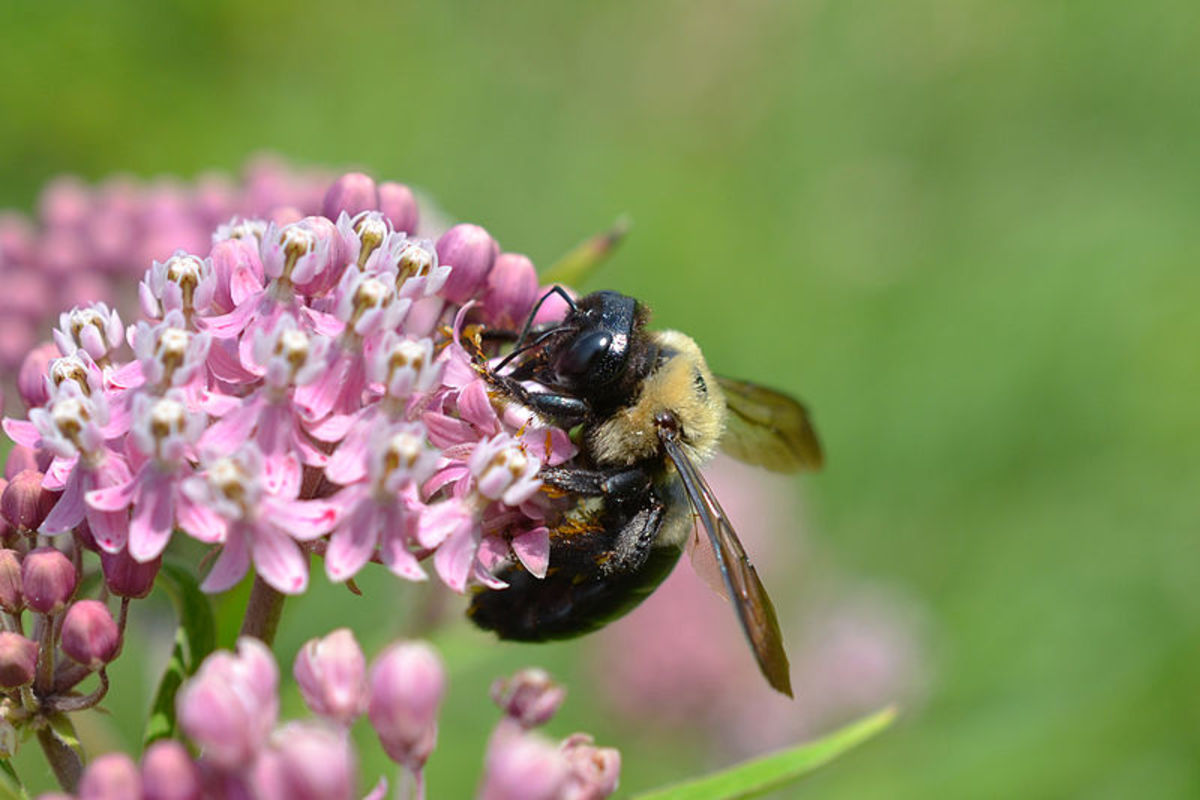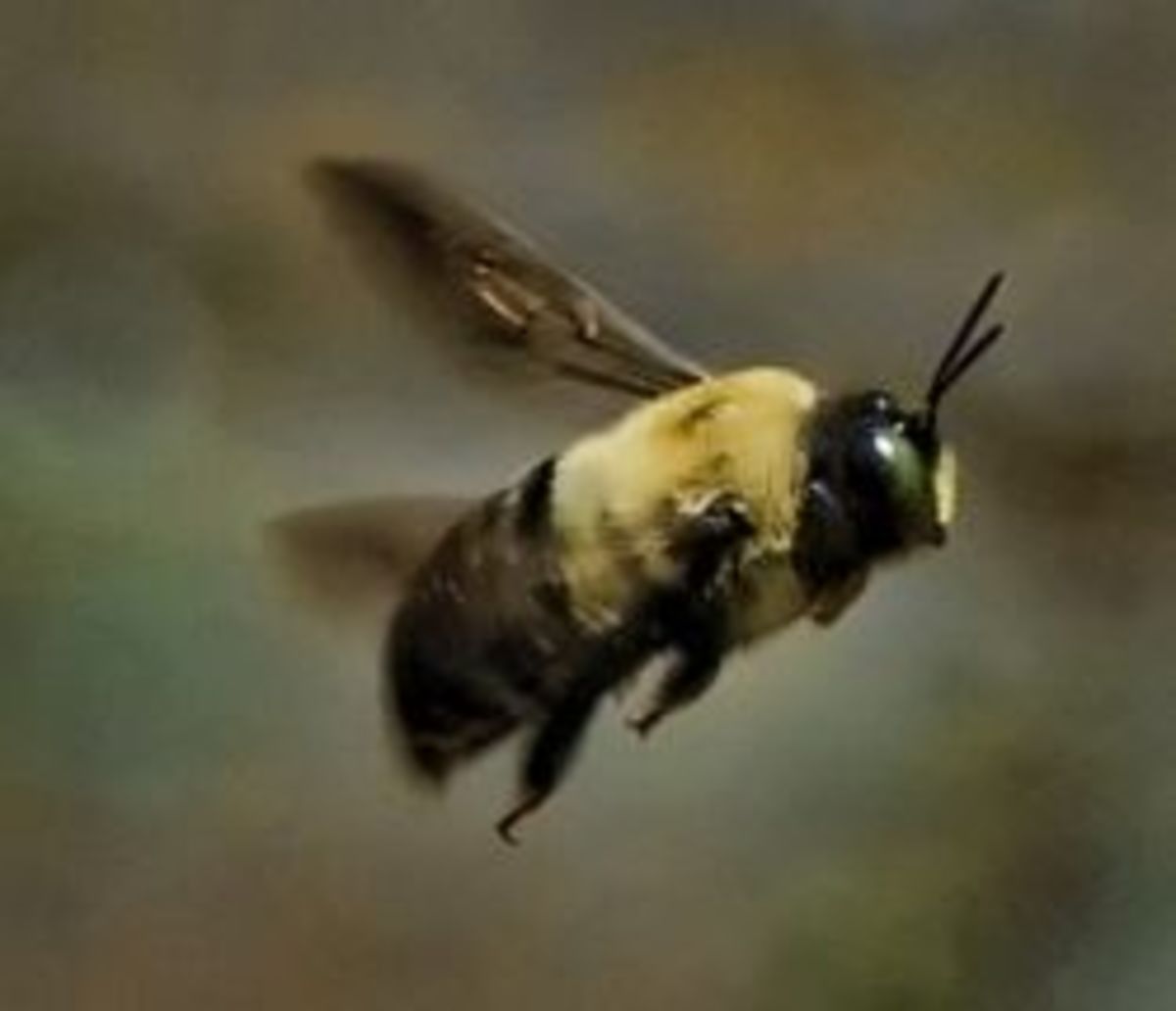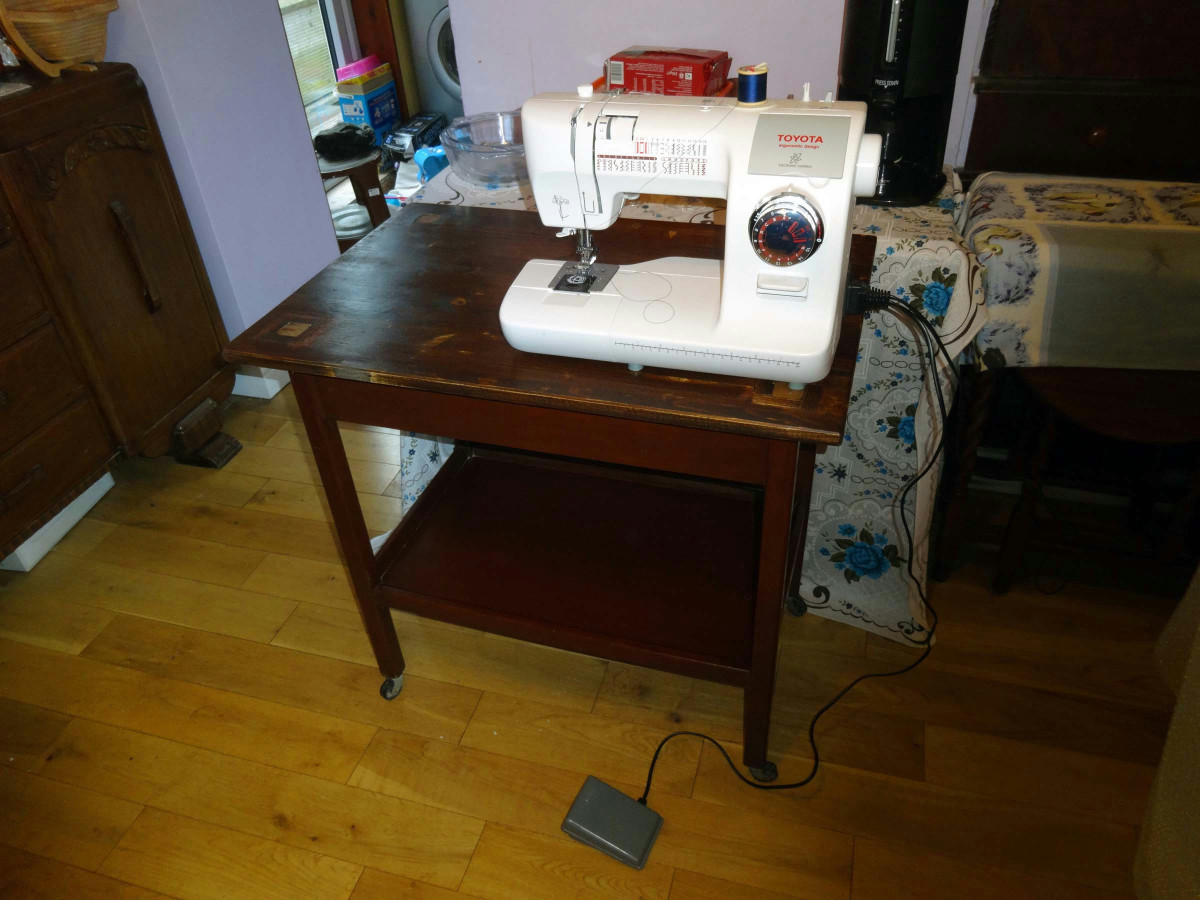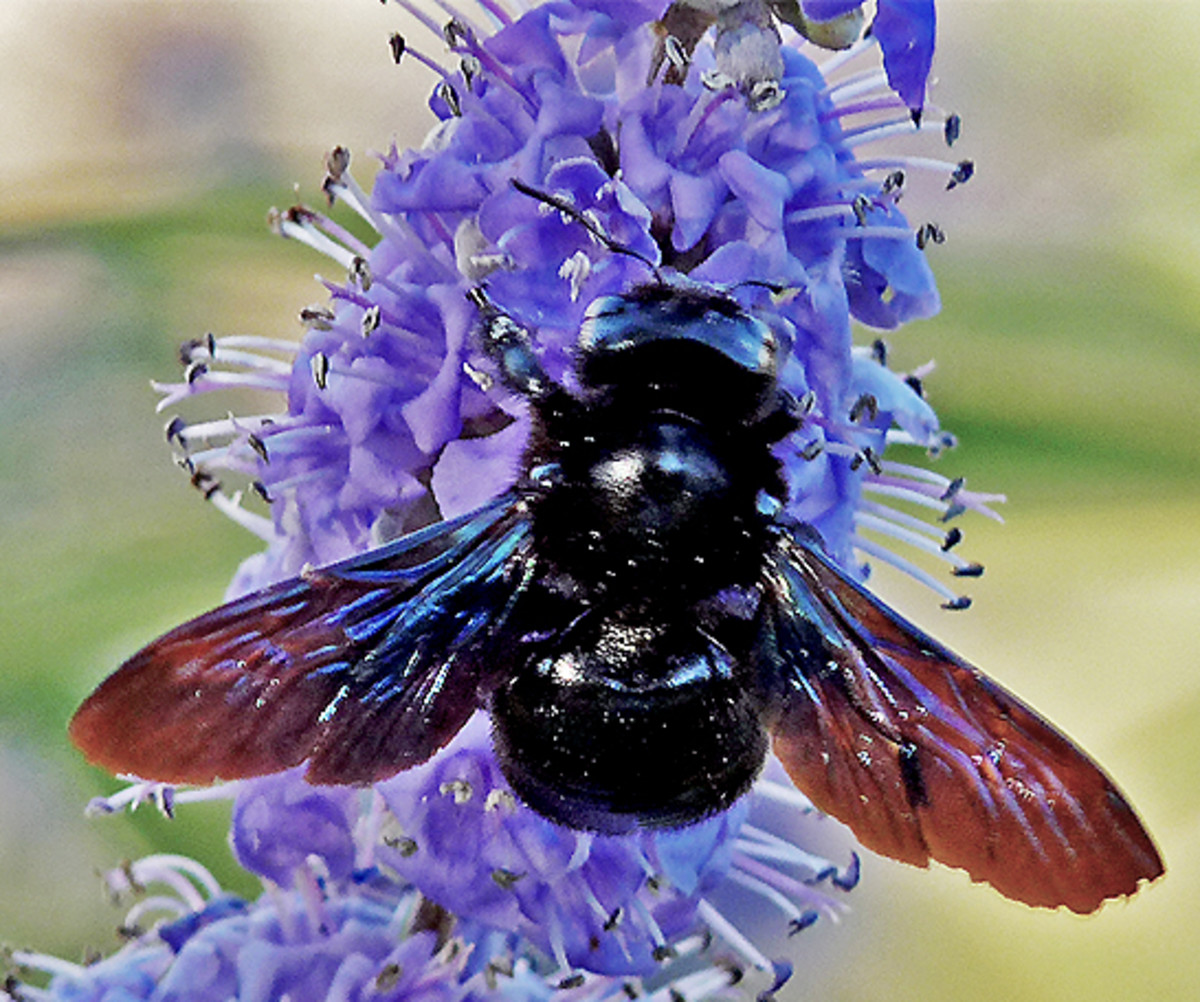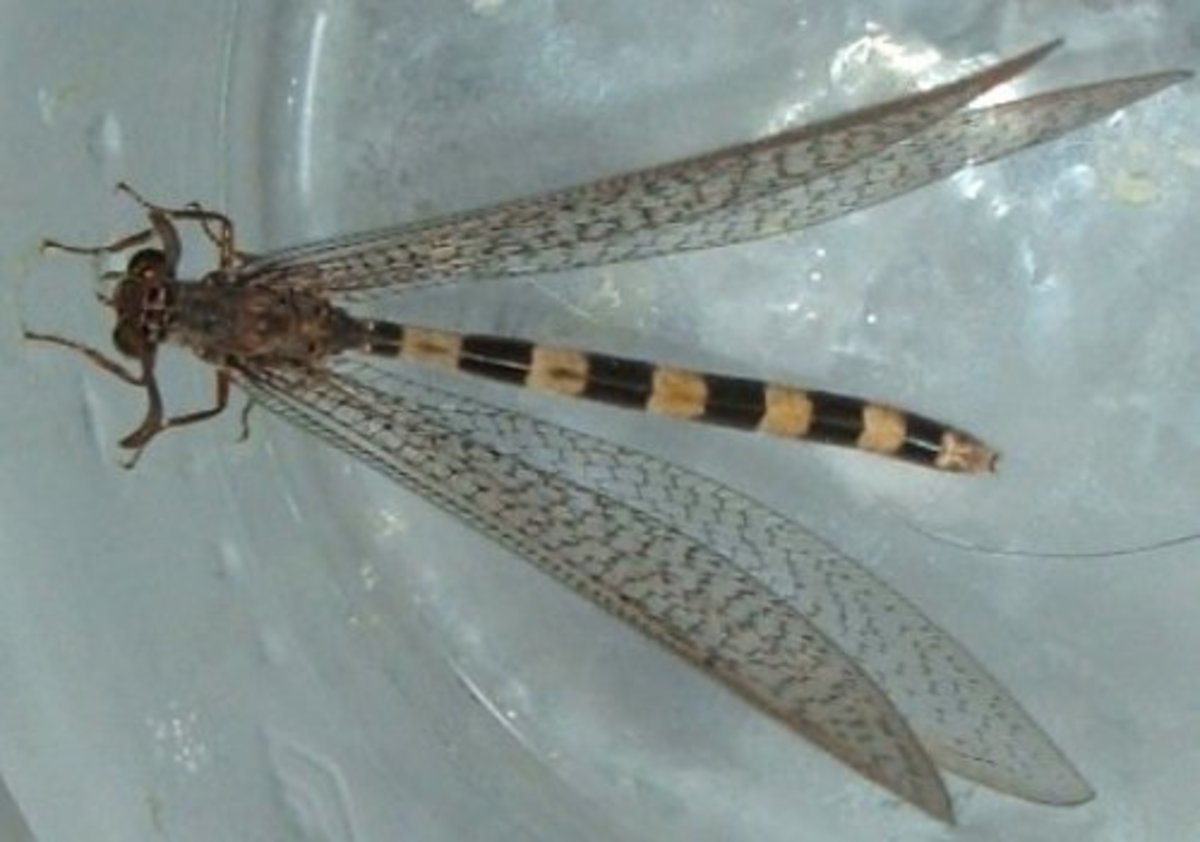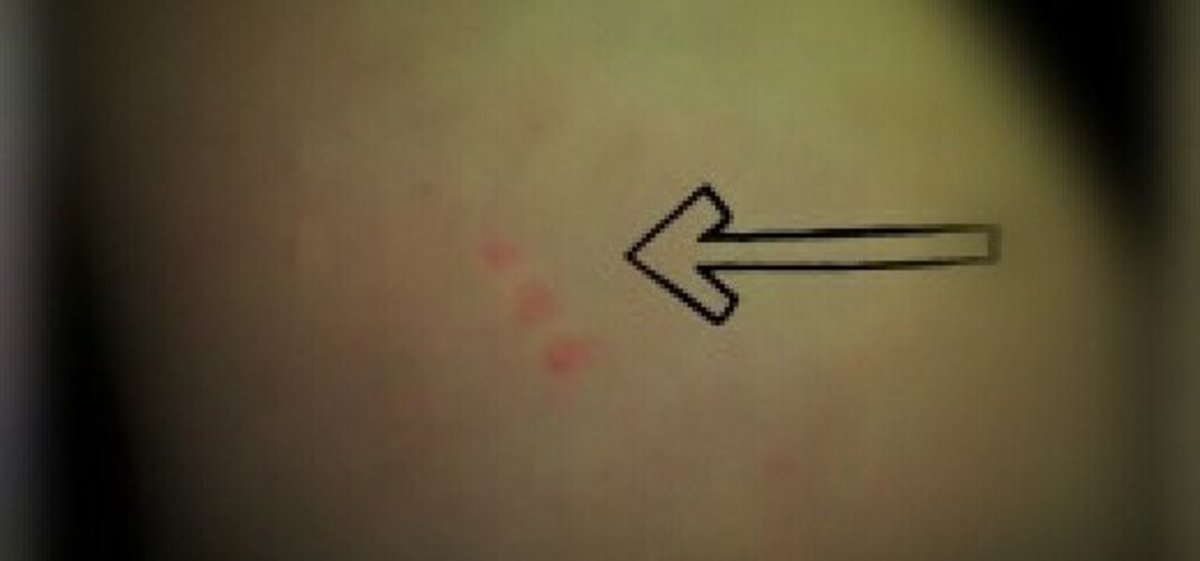- HubPages»
- Education and Science»
- Life Sciences»
- Entomology
How to Get Rid of Carpenter Bees - Defeat them Today!
Come late summer and springtime, the bees and other insects start to come out in the open. When you see a particular kind of bee hanging around your wooden porch or roof eaves, then you may be looking at carpenter bees.
Carpenter Bees vs. Bumblebees
They may look a bit like bumblebees but carpenter bees are smaller and less colorful than their better known cousins. Their abdomens are also shiny and bare while bumblebees have prominently hairy abdomens.
Carpenter bees are a lot less aggressive than their other bee relatives; in fact, they are quite docile. The male carpenter bees don't have stingers but can still be defensive of their territories. They can't sting but they can still dive after other insects, animals, and people if they get too close to their homes. The female carpenter bees are the only ones who have stingers but due to their docile nature, they, too, won't attack unless they are provoked.
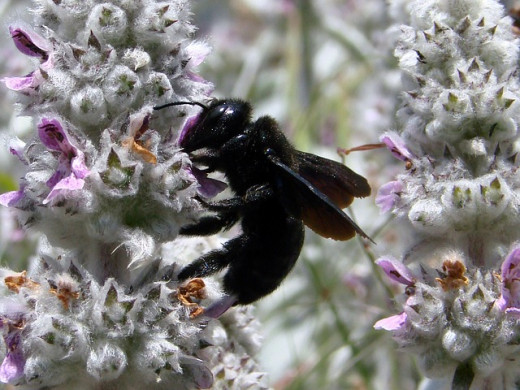
General Question about Bees: If they aren't aggressive and aren't that much of a stinging threat, then what are the problems with carpenter bees?
Options:
- They are noisy
- They are stinky
- They pose a threat to plants
- They pose a threat to property
Real Answer: Carpenter bees don't cause problems related with noise or odor. They also don't pose a threat to plants. In fact, like other bees, they help in pollination. They actually help so much in the garden, if you really look at their work. However, they are quite a threat to one's property.
Problems facing due to bees
How to Get Rid of Carpenter Bees– Get to Know Wood-Boring Bees
Carpenter bees, or the Xylocopa virginica, get their names from their tendency to bore holes and tunnels on wood. They naturally do this on tree trunks of soft wood – like those of pine and fir trees. Those who find their way near human dwellings may build their nests on wooden structures, like wooden decks and roof spaces. These can be identified with the presence of bees near wooden constructions of the house and holes with a diameter of around a half inch.
The hole is just the carpenter bee nest's entrance. The entrance hole is usually an inch deep and branches perpendicularly, expanding towards the grain to several tunnels and chambers. Although the carpenter bees just use the wood for shelter and don't consume it like termites, they may still cause a significant amount of damage. Typical nests are just near the surface, but when the nest has been around for several years, the tunnels and chambers may be as deep as several feet and may cause the wooden structure to become weak.
To know how to get rid of carpenter bees and deal with a problem accordingly, one must know the causes of it. You can fight your enemy better when you know how they behave.
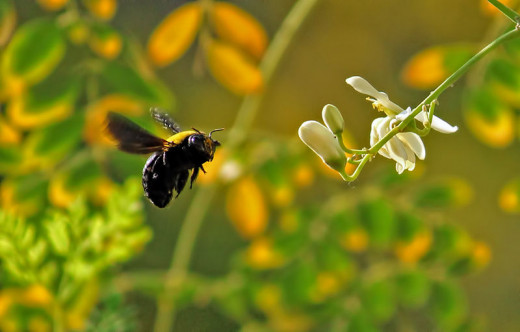
How to Get Rid of Carpenter Bees – Learn about Carpenter Bee Life Cycle and Behavior
Carpenter bees tend to use the same nests every year; they just clean out and enlarge existing chambers, making the tunnels deeper and deeper into the wood. The hollow parts eventually weaken the structure of the wood. Holes also allow water to enter the wood – and when the moisture settles in the wood and has no way to evaporate, it causes the wood to rot.
Carpenter bees are most active from the end of spring to summer where they mate and have their offspring. During the colder months, they use their nests to hibernate.
When female carpenter bees are ready to give birth, they prepare their nests for laying their eggs. They clean out old tunnels and enlarge them to accommodate their young. They make bee bread or pollen balls made from pollen and nectar and leave them out near an egg. The portion of the tunnel with an egg and pollen ball is then closed off with some chewed wood. The female carpenter bee does this until all her eggs are provided with their own pollen balls. This usually ranges from six to seven eggs with their very own chambers.
Carpenter bees are usually not social insects, unlike the bumblebees that have colonies. Still, carpenter bees do sometimes tend to make their nests near each other.
Prevention is Better than Cure
In order for you not to go through the hassles and ask how to get rid of carpenter bees, it is best to know first how to prevent them.
These bees like to bore holes on soft untreated wood, so if you have to put wooden structures in your home, especially outdoors, it's better to use hard wood. You can also stain or paint the wood, since this seems to discourage them from drilling holes in.
So you ask, how to get rid of carpenter bees? It is good to spray in the springtime as a preventive measure. Insecticides can last up to three months, and by the time carpenter bees are active with nesting and breeding, your wood surfaces are still covered with preventive insecticides.
Getting Rid of Carpenter Bees
TIP: When dealing with carpenter bees, it is most ideal to exterminate them at night. This way, the bees are less active and are then less likely to attack you. Use a light source wrapped in red cellophane (Don't use fire as light source!) so they won't see the light but you still have a good visual of the area. Also, use a protective bee suit to be sure no bee can sting you.

Natural Remedies For Your Carpenter Bee Problem
Before using any pesticide or insecticide, try some of these natural remedies for your carpenter bee problem:
Natural Methods: Loud noise seems to irritate carpenter bees, so try putting a loudspeaker or radio near their home and play some loud noise. The bees don't like the vibrations that the loud noise creates and it may drive them away without causing them much harm.
Citrus oils and almond oils also seem to annoy carpenter bees, so try to spray some in and around their nests.
Use of Chemicals: If the natural methods don't work, you may have to resort to using insecticides to get rid of your little intruders. Just be sure to use the safety precautions required when using these harmful substances. Use gloves, a protective mask, and protective goggles so the fumes and spray of the chemicals don't affect you.
- Powder insecticides are preferred in dealing with carpenter bees. Their harmful effect on bees lasts longer than sprayed insecticides, which wear off easily. Powder insecticides inside the bee nest's tunnels willgive the assurance that the bees and their larvae are able to pass through them, unlike sprayed insecticides that may just evaporate even before the bees get to approach the substance.
- Boric acid powder may also be used on the area; it has been proven to be 86% effective in driving bees away.
- Diatomaceous Earth, a powder made from the fossilized diatom algae, also works in warding off carpenter bees. They have tiny sharp edges that may scratch the bees and cut their coverings.
- Petrol is also another popular way of getting rid of carpenter bees. You can spray it on holes of the nests. However, petrol is highly flammable and can be dangerous to use in wood surfaces, so extra care should be exercised when using it. Inhaling its fumes can also be very harmful to people, so make sure that you're wearing the appropriate protective mask when using it.
When your wood structures have been previously infested with carpenter bees, make sure that there are no larvae left inside their nest. If the nest is clear, you can then proceed to plugging the entrance with steel wool. Carpenter bees have a hard time drilling through this substance. You can match the patch with the other parts of the wood by putting wood putty and to prevent more holes, just varnish or paint over the wood. It helps you mask the patch, and discourages other carpenter bees from nesting in the future.
If you've already done all you can on how to get rid of carpenter bees, but still continue to threaten your home, then it is best to ask help from a professional. Look for the best exterminator who has already had prior experience with carpenter bees.

